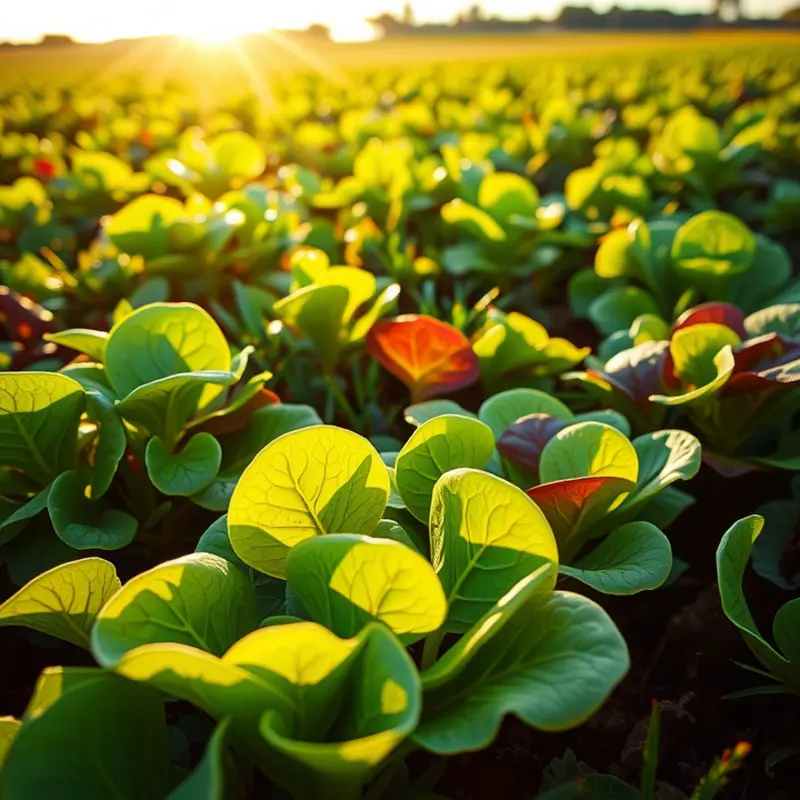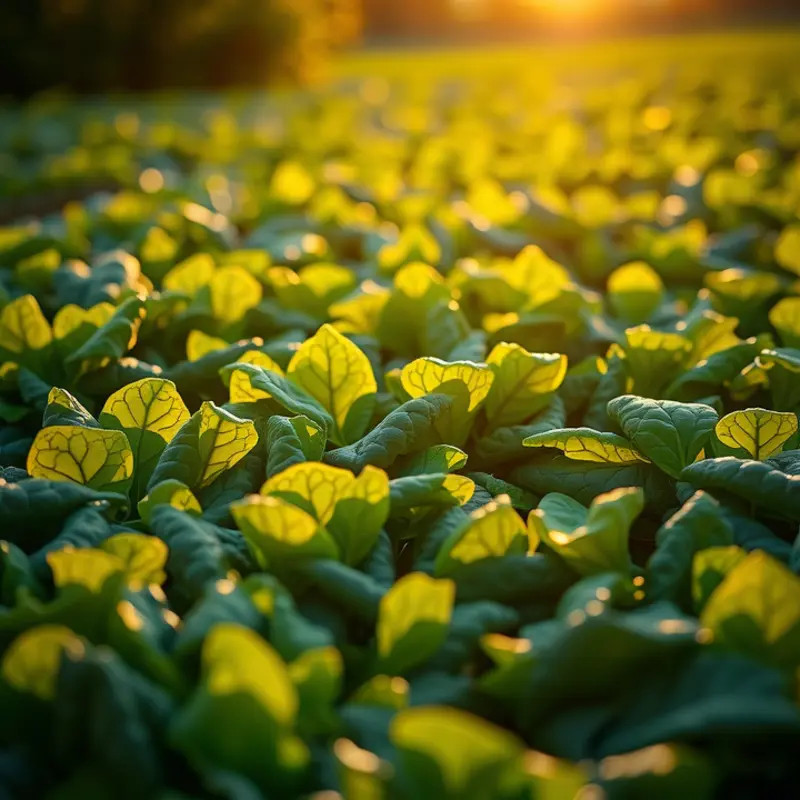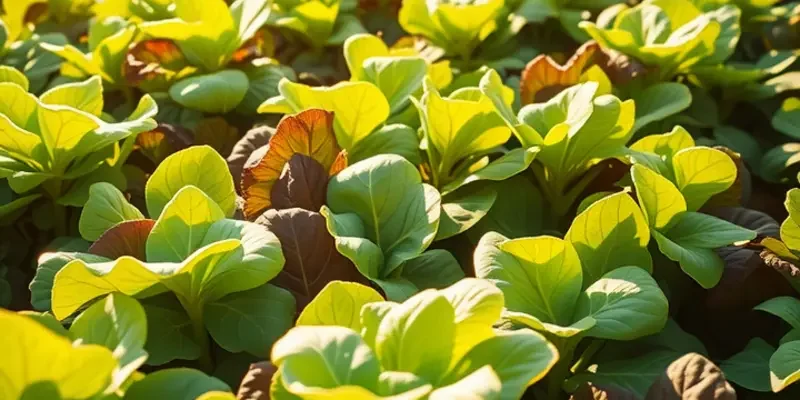Fresh salad greens are essential for vibrant salads, but wet leaves can lead to a soggy meal. Learning to dry your greens efficiently can enhance the taste and texture of your dishes. Whether you’re whipping up a simple side salad or an elaborate entree, quick drying methods keep your greens fresh and crisp. Let’s explore practical techniques for achieving perfectly dried salad greens.
The Importance of Dry Greens

The subtle art of drying salad greens stands as a pivotal step in crafting delightful salads. Excess moisture can undermine both texture and flavor, turning what could be a crisp bite into a soggy disappointment. When we address the importance of dry greens, we’re acknowledging how crucial they are for an enhanced culinary experience.
First, consider texture. Salad greens, when dried appropriately, provide the crunch that elevates a salad from good to great. This firmness is integral, especially when paired with contrasting textures like nuts or roasted vegetables. Imagine the disappointment of eagerly delving into a salad, only to find the leaves limp and lifeless. Moisture is the common culprit, robbing greens of their natural crispness.
Next, let’s talk about flavor. Dressing absorption is another significant advantage of well-dried greens. Without the barrier of water droplets, dressings adhere more uniformly, offering consistent flavor distribution in every bite. This means you experience the intended combination of flavors without dilution. Whether your preference is a zesty vinaigrette or a creamy caesar, dry greens ensure that the dressing truly complements the salad.
Furthermore, the right drying technique can extend the shelf life of your greens. Excess moisture fosters bacteria growth, leading to quicker spoilage. By ensuring your greens are dry before storage, you inadvertently practice better food conservation, aligning with sustainable cooking principles. For more tips on reducing food waste through proper storage, you can explore safer storage of sauces.
Several practical methods exist to dry your greens efficiently. The shake method, where you rinse and then shake the greens in a colander, is quick and effective. The towel method involves wrapping greens in a kitchen towel and gently patting them dry, which works well for sturdier leaves. With delicate greens, a gentle squeeze between your hands can suffice to remove excess water without damage.
In conclusion, the effort invested in drying salad greens is a small yet crucial step towards not only enhancing texture and flavor but also ensuring sustainability and longevity. This practice not only elevates your salad experience but also contributes to a more mindful culinary routine.
Advanced Techniques to Dry Salad Greens

Now that you understand the basics of drying greens, let’s dive into some advanced methods that can save you time while ensuring your salad greens remain crisp and flavorful. Each of these techniques is designed to fit various kitchen setups and preferences.
Salad Spinner:
This handy tool takes the guesswork out of drying. After washing your greens, place them in the spinner, and give it a whirl. The centrifugal force effectively removes excess water. It’s not only a time-saver but also gentler on delicate leaves, helping to maintain their freshness. For optimal results, do not overload the spinner; leave enough room for leaves to move freely.
Using a Dehydrator:
If you’re frequently washing and drying greens, investing in a food dehydrator can be worth it. While typically associated with preserving foods like fruits and herbs, a dehydrator set to a low temperature can dry your greens efficiently. Spread the washed greens evenly on the trays and monitor them to avoid overdrying, which could make them too brittle for salads. This method suits those who enjoy prepping large batches of greens for the week ahead, aligning well with eco-conscious kitchen practices by minimizing waste. To explore more about sustainable kitchen storage, visit Eco-Smart Kitchen Storage.
Air Drying:
For larger quantities or when you have time, hang your washed greens in bunches. Tie them up in a cool, dry spot away from direct sunlight. This method naturally eliminates moisture while maintaining quality. It requires patience, often taking a few hours to a day depending on humidity levels. For best results, ensure good air circulation around the greens by not overcrowding their space. While not the fastest method, it allows you to work on other tasks as your greens dry in the background.
Each of these methods offers a unique way to fit drying into your lifestyle. Whether you prioritize speed, gentle handling, or sustainability, there’s an advanced technique out there for you. Experiment with them to find your perfect balance of time and texture in your salad-making routine.
Final words
Drying salad greens is a simple yet essential skill that elevates the quality of your salads. Using techniques like the shake, towel, and spinner method can help you achieve perfectly dry leaves quickly. For those who frequently prepare salads, investing in a dehydrator or using air-drying options can provide long-term benefits in flavor and freshness. Remember, the right method depends on your kitchen setup and preferences. Embrace these straightforward techniques to ensure your salads are always crisp and delicious, making each meal feel special and enjoyable.







